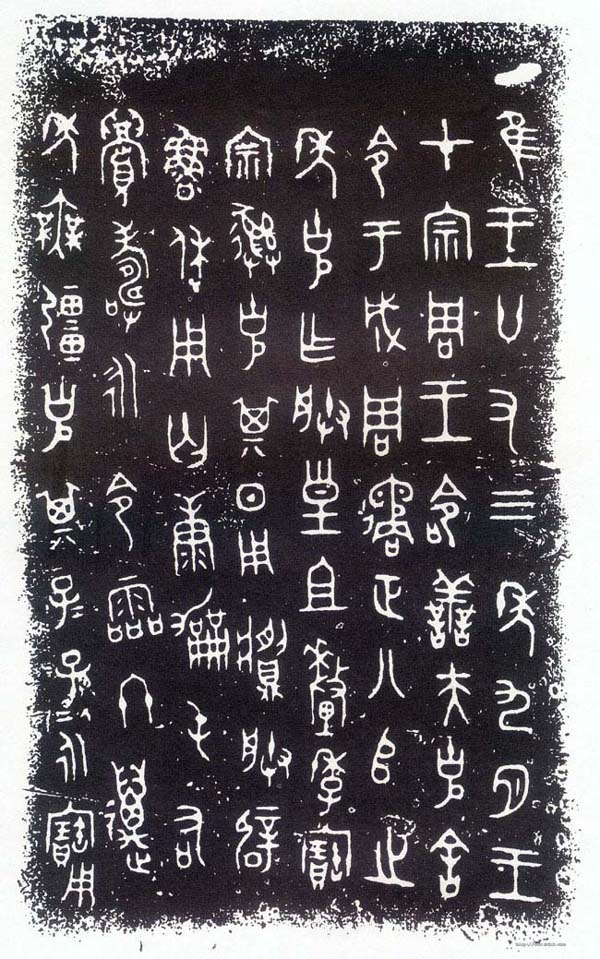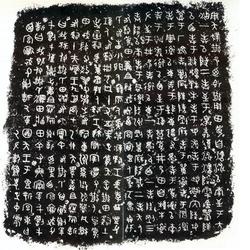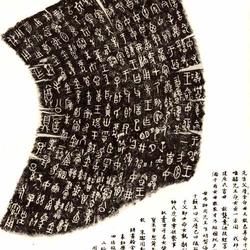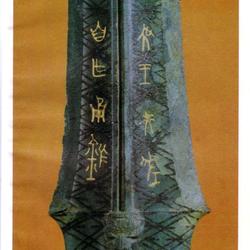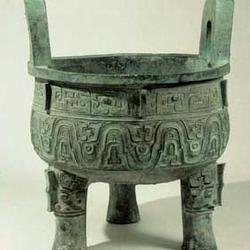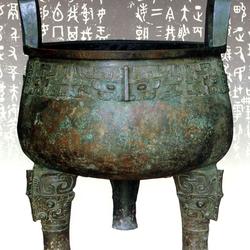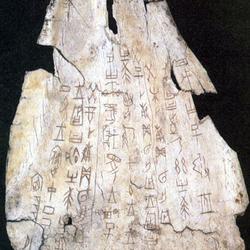The Xiaoked Ding is said to be one of the bronze vessels unearthed in Ren Village, Famen Temple, Fufeng County, Shaanxi Province in the 16th year of Guangxu's reign (1890). The owner of the vessel mentioned in the inscription is "Shanfu Ke", so it is called Keding, also known as Shanfu Keding. To distinguish it from the Dak Ding, it is also called the Xiao King Ding. The Xiao Ke Ding is a typical bronze tripod of the late Western Zhou Dynasty with its powerful and heavy shape and rough and smooth patterns.
There is an inscription on the inner wall of the vessel with 72 characters in 8 lines:
In the ninth month of the twenty-third year of the king's reign, the king
In Zongzhou, the king ordered Shanfu Keshe
He was ordered to become the Zhou Dynasty, and he was one of the Eighth Masters of Zhengzheng.
In the year, I will be the ancestor of my emperor.
Baozongyi. I will use it every day
Pi Luxiu, use Jie Kang*, Chun You,
Longevity, eternal life, and death. Thousands of years
Without borders, it will be used by his descendants forever.
The main meaning of the inscription is: In September of the 23rd year of King Zhou, the king was in Zongzhou, the old capital of Zhouyuan in the west. King Zhou ordered Shanfu Ke to go to Luoyang, the new capital of Chengzhou in the east, to issue an order to purge the king's troops into the Eighth Division of Zhou Dynasty. It was in this year that Ke made these precious Yi utensils in memory of his great grandfather Ji and placed them in his ancestral temple. Ke used it to worship his ancestors every day, and at the same time, he promoted the great kindness of his master, King Zhou, every day. Used to pray for health, blessings, old age, longevity, and a good death. May Ke be boundless for thousands of years, and may Ke’s descendants always treasure these Yi utensils.
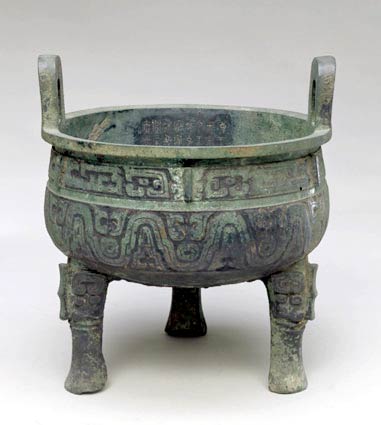
Xiao Keding is 35.4cm high, 33.6cm wide and weighs 12.54kg.
The tripod is round in shape, with a large belly, double erect ears, and hoof-shaped feet. The ears are decorated with three-headed Kui patterns, the neck is decorated with curved patterns, the belly is decorated with cloud-patterned belts, and the upper parts of the feet are decorated with animal head patterns. Collection of the Palace Museum, Beijing.
